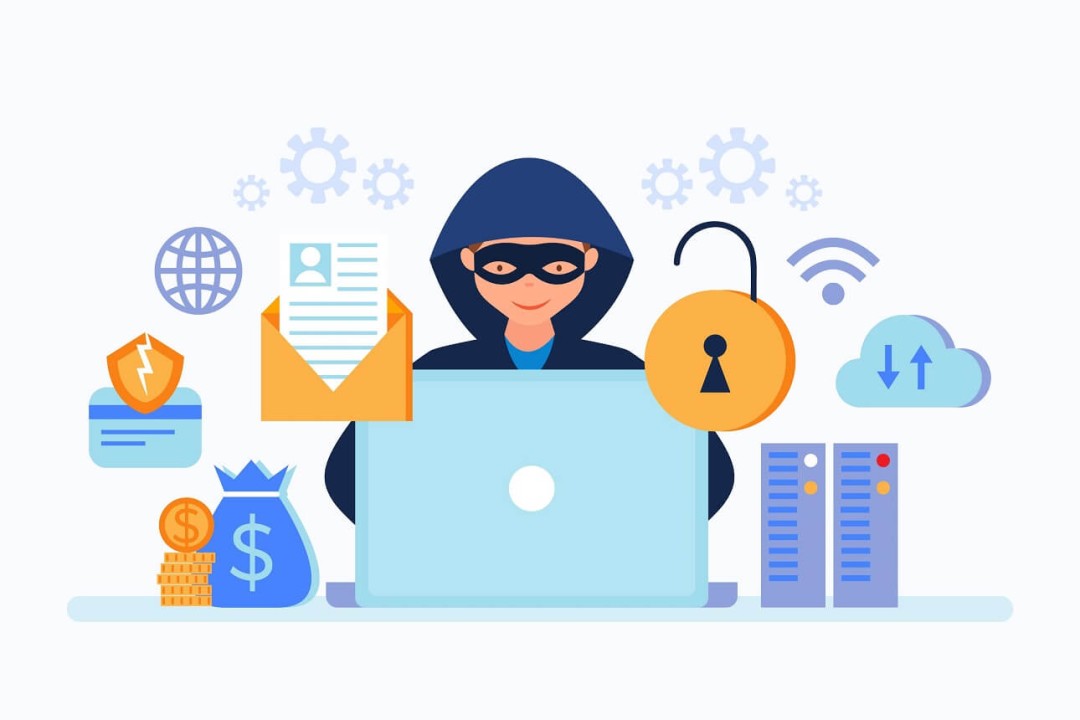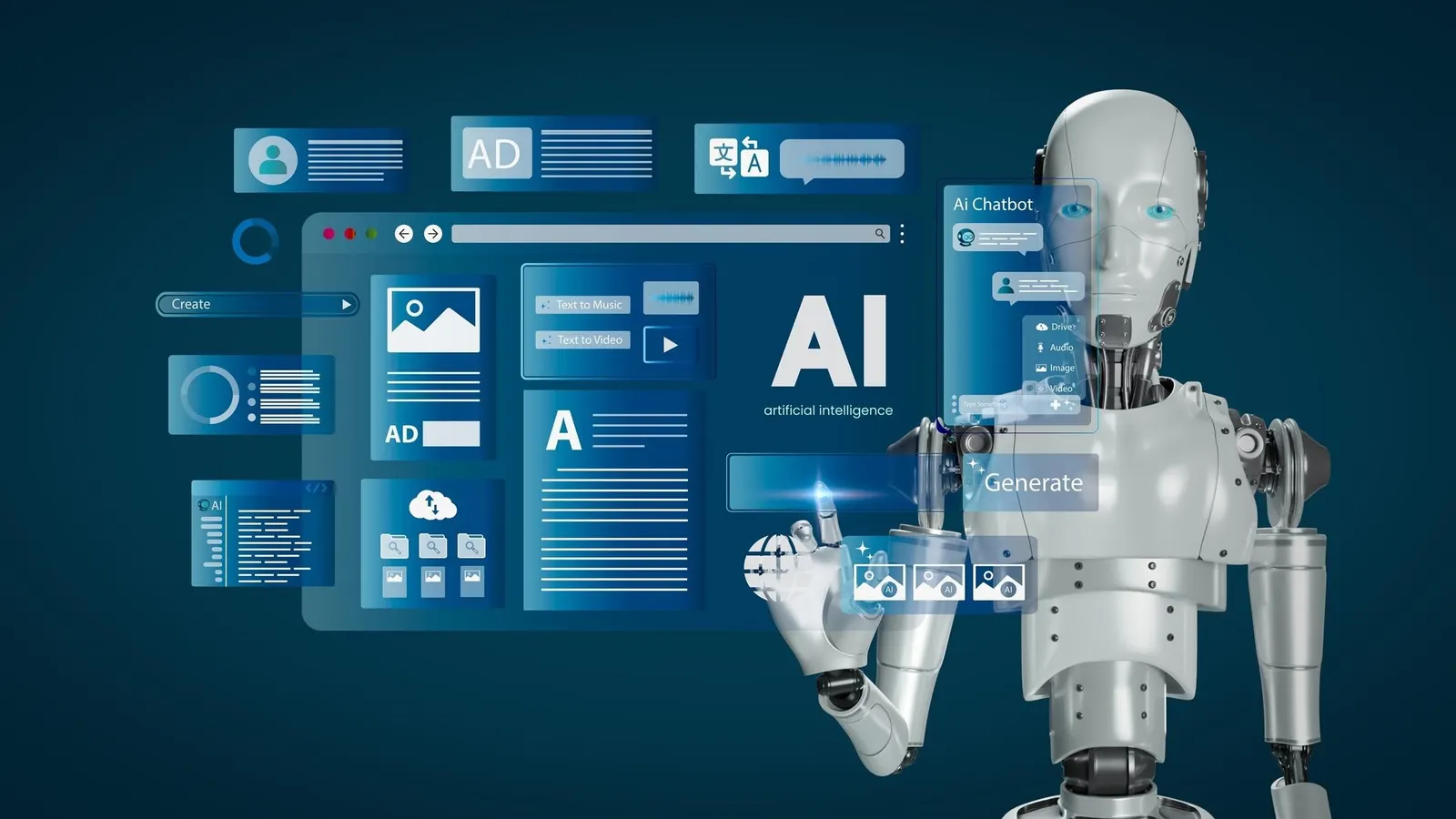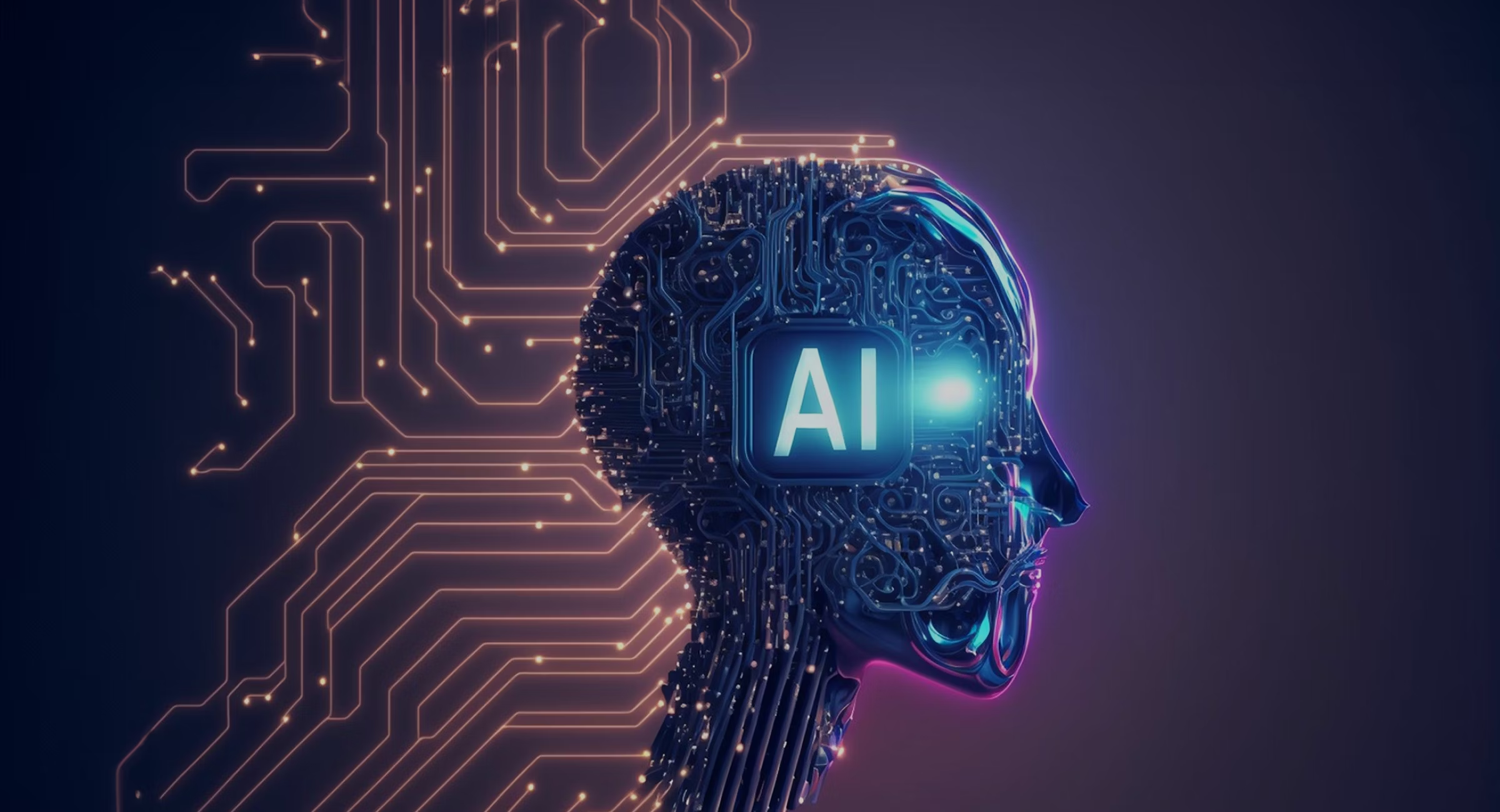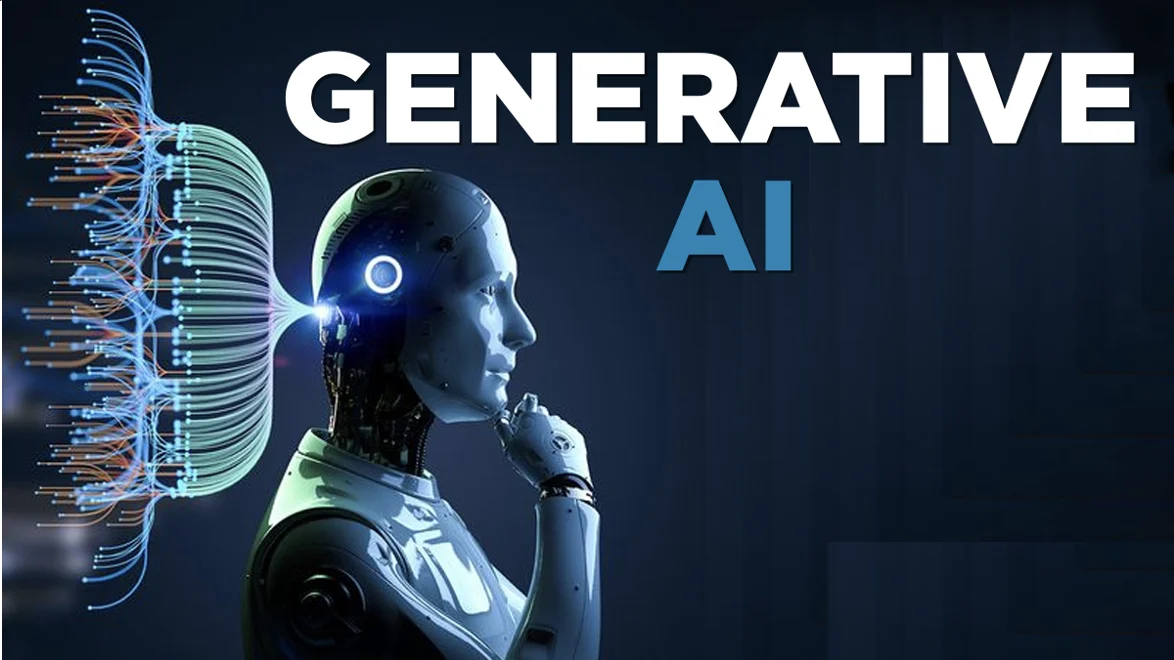
Cybersecurity is no longer just a concern for large corporations or government agencies. In our increasingly interconnected world, it’s a fundamental requirement for individuals, small businesses, and critical infrastructure alike. This lesson will explore the core concepts of cybersecurity, its importance in protecting our digital lives, and the various threats it aims to mitigate. We’ll delve into real-world examples and hypothetical scenarios to illustrate the pervasive nature of cybersecurity risks and the necessity of proactive security measures. This foundational knowledge will prepare you for the more technical aspects of ethical hacking and cybersecurity that we’ll cover in subsequent modules.
Defining Cybersecurity
Cybersecurity, also known as information technology security, refers to the body of technologies, processes, and practices designed to protect networks, devices, programs, and data from attack, damage, or unauthorized access. It encompasses a wide range of disciplines, from network security and endpoint protection to data encryption and incident response. The ultimate goal of cybersecurity is to ensure the confidentiality, integrity, and availability of information assets. We will explore the CIA Triad in detail in the next lesson.
Key Components of Cybersecurity
- Network Security: Protecting the network infrastructure from unauthorized access, misuse, or disruption. This includes firewalls, intrusion detection systems, and virtual private networks (VPNs).
- Endpoint Security: Securing individual devices, such as laptops, desktops, and mobile phones, from malware and other threats. This involves antivirus software, endpoint detection and response (EDR) solutions, and device encryption.
- Data Security: Protecting sensitive data from unauthorized access, modification, or destruction. This includes data encryption, access control lists, and data loss prevention (DLP) systems.
- Identity and Access Management (IAM): Controlling who has access to what resources. This involves user authentication, authorization, and role-based access control (RBAC).
- Vulnerability Management: Identifying and mitigating security vulnerabilities in systems and applications. This includes vulnerability scanning, penetration testing, and patch management.
- Incident Response: Responding to security incidents in a timely and effective manner. This includes incident detection, containment, eradication, and recovery.
Examples of Cybersecurity in Action
- Example 1: Protecting Online Banking Transactions: Banks use encryption to protect the confidentiality of online banking transactions. They also use multi-factor authentication to verify the identity of users and prevent unauthorized access to accounts.
- Example 2: Securing a Hospital Network: Hospitals use firewalls and intrusion detection systems to protect their networks from cyberattacks. They also implement access control lists to restrict access to sensitive patient data.
- Example 3: Protecting a Retail Website: Retail websites use SSL/TLS certificates to encrypt communication between the website and the user’s browser. They also use web application firewalls (WAFs) to protect against common web application vulnerabilities, such as SQL injection and cross-site scripting (XSS). We will cover these vulnerabilities in later modules.
Hypothetical Scenario: A Small Business Under Attack
Imagine a small accounting firm that relies heavily on its computer network to store and process client data. The firm does not have a dedicated IT security team and relies on basic antivirus software. A cybercriminal launches a ransomware attack that encrypts all of the firm’s files, demanding a ransom payment for the decryption key. Without proper backups or incident response plans, the firm is unable to access its data and faces significant financial losses and reputational damage. This scenario highlights the importance of cybersecurity for businesses of all sizes.
Why is Cybersecurity Important?
Cybersecurity is crucial for protecting individuals, organizations, and critical infrastructure from a wide range of cyber threats. The consequences of a successful cyberattack can be devastating, including financial losses, reputational damage, data breaches, and even physical harm.
Protecting Sensitive Data
Cybersecurity helps protect sensitive data, such as personal information, financial records, and trade secrets, from unauthorized access, theft, or disclosure. Data breaches can have serious consequences for individuals and organizations, including identity theft, financial fraud, and reputational damage.
- Example: A healthcare provider implements strong data encryption and access controls to protect patient medical records from unauthorized access. A data breach could expose sensitive patient information, leading to legal and financial repercussions.
- Example: A company uses data loss prevention (DLP) tools to prevent employees from accidentally or intentionally leaking confidential information, such as customer lists or financial data.
- Hypothetical Scenario: A marketing firm stores customer data, including names, addresses, and purchase histories, in a cloud-based database. Without proper security measures, such as encryption and access controls, the database could be vulnerable to a data breach, exposing sensitive customer information.
Maintaining Business Continuity
Cybersecurity helps organizations maintain business continuity by preventing or mitigating cyberattacks that could disrupt operations. Cyberattacks can cause significant downtime, leading to lost revenue, productivity, and customer trust.
- Example: A manufacturing plant implements robust network security measures to protect its industrial control systems (ICS) from cyberattacks. A successful attack could disrupt production, leading to significant financial losses.
- Example: An e-commerce website uses a content delivery network (CDN) and DDoS mitigation services to protect against distributed denial-of-service (DDoS) attacks that could make the website unavailable to customers.
- Hypothetical Scenario: A logistics company relies on its computer network to track shipments and manage deliveries. A ransomware attack could encrypt the company’s data, disrupting its operations and causing delays in deliveries.
Ensuring Regulatory Compliance
Cybersecurity helps organizations comply with relevant laws and regulations, such as the General Data Protection Regulation (GDPR) and the Health Insurance Portability and Accountability Act (HIPAA). Non-compliance can result in significant fines and penalties.
- Example: A financial institution implements strong cybersecurity measures to comply with regulations such as the Payment Card Industry Data Security Standard (PCI DSS), which requires organizations that handle credit card data to protect it from unauthorized access.
- Example: A government agency implements cybersecurity controls to comply with federal regulations such as the Federal Information Security Management Act (FISMA), which requires agencies to protect their information systems and data.
- Hypothetical Scenario: A company that collects and processes personal data of European Union (EU) citizens must comply with the GDPR, which requires organizations to implement appropriate technical and organizational measures to protect personal data from unauthorized access, use, or disclosure.
Protecting Critical Infrastructure
Cybersecurity is essential for protecting critical infrastructure, such as power grids, water treatment plants, and transportation systems, from cyberattacks that could have devastating consequences for public safety and national security.
- Example: A power grid operator implements strong cybersecurity measures to protect its control systems from cyberattacks that could disrupt the flow of electricity.
- Example: A water treatment plant implements cybersecurity controls to protect its systems from cyberattacks that could contaminate the water supply.
- Hypothetical Scenario: A cybercriminal launches an attack on a city’s traffic control system, causing widespread traffic jams and potentially leading to accidents.
Common Cybersecurity Threats
Understanding the types of threats that cybersecurity aims to protect against is crucial. We will cover these threats in more detail in a later lesson, but here’s a brief overview:
- Malware: Malicious software, such as viruses, worms, and Trojans, that can infect computers and steal data, disrupt operations, or cause other harm.
- Phishing: A type of social engineering attack that uses deceptive emails or websites to trick users into revealing sensitive information, such as passwords or credit card numbers.
- Social Engineering: Manipulating individuals into divulging confidential information or performing actions that compromise security.
- Ransomware: A type of malware that encrypts a victim’s files and demands a ransom payment for the decryption key.
- Denial-of-Service (DoS) Attacks: Overwhelming a target system with traffic, making it unavailable to legitimate users.
- SQL Injection: Exploiting vulnerabilities in web applications to inject malicious SQL code into databases, allowing attackers to access or modify data.
- Cross-Site Scripting (XSS): Exploiting vulnerabilities in web applications to inject malicious scripts into websites, allowing attackers to steal user credentials or redirect users to malicious websites.
Exercises
- Data Breach Impact: Research a recent data breach that affected a large organization. Analyze the causes of the breach, the types of data that were compromised, and the impact on the organization and its customers.
- Cybersecurity Awareness: Create a short presentation or infographic to educate your friends and family about the importance of cybersecurity and the steps they can take to protect themselves online.
- Threat Modeling: Choose a common online activity, such as online banking or social media, and identify potential cybersecurity threats associated with that activity. Develop a plan to mitigate those threats.
- Security Policy Analysis: Find a publicly available security policy from a company or organization. Analyze the policy and identify its strengths and weaknesses.
Summary and Next Steps
In this lesson, we defined cybersecurity and explored its importance in protecting individuals, organizations, and critical infrastructure from cyber threats. We discussed the key components of cybersecurity, provided real-world examples and hypothetical scenarios, and introduced some common cybersecurity threats.
In the next lesson, we will delve into the CIA Triad – Confidentiality, Integrity, and Availability – which are the fundamental principles of information security. Understanding these principles is essential for building a strong cybersecurity posture.





